Mental health and substance use services in the United States are becoming a more difficult service to find quickly and effectively. So while almost 50% of Americans will have a behavioral health issue sometime in their life, that same percentage, 50% of Americans, will be living in an area underserved for mental health treatment. The information shared below is meant to help bring awareness, but we certainly have a lot more to do to fix this situation.
The problem with mental health professional shortages comes from the following:
- Counselors tend to require Master’s level degrees to be able to diagnose and most psychiatric medications beyond the basics such as Lexapro or Wellbutrin are not prescribed by a primary care physician, but by a specialist with a psychiatrist or psychologist. Thus, the pool of potential employees for counseling is limited because of the education requirements.
- Insurances do not do well to support prevention efforts. Private insurances do not do well with long-term clinical services as copays for ongoing treatment can still add up to hundreds of dollars a month for counseling before even paying for medications. This leads to a lack of access and lack of funding for professionals.
- Administrative burdens tend to frequently disrupt treatment progress. Treatment plans and progress notes are necessary for accountability but with poor costs, tend to need to be a focus instead of clinical techniques. This increases burnout of clinicians and poorer outcome timelines.
- Prevention and after care services have shown to be most effective for clients, but tend to only be done through grants or local dollars, limiting the focus of what counselors can focus on.
We plan to pitch an idea the the National Institute on Mental Health where churches can help out through a Church Liaison program that focuses improving this partnership of mental health services and providers with pastors, church volunteers, and church congregation members. (More to come later!)
The Data
In looking up research for a proposal for a pilot program for Church Liaisons, I went looking for statistics on mental health professional workplace shortages. What I found was Health Resources and Services Administration (HRSA). The HRSA provides maps, data, reports, and dashboards to the public about HRSA’s health care programs. Even better, if you are a data person like me, you can sift through the actual numbers too to get even better information.
I also found two sections that you can share online to help educate your community about the concerns of the current state of the workplace shortage to urge lawmakers to find solutions to these problems. They take the data and make it into visually appealing content for you to share.
The first is from the National Counsel for Mental Wellbeing that put together this great set of graphics:
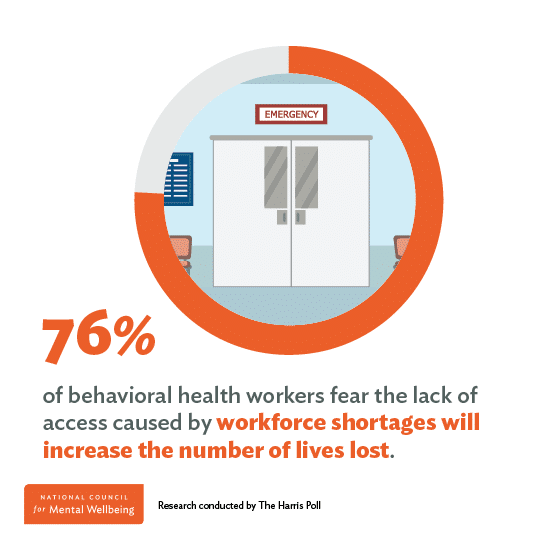
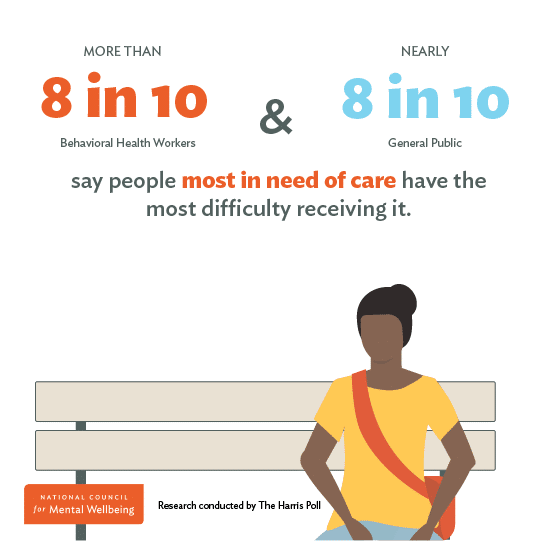
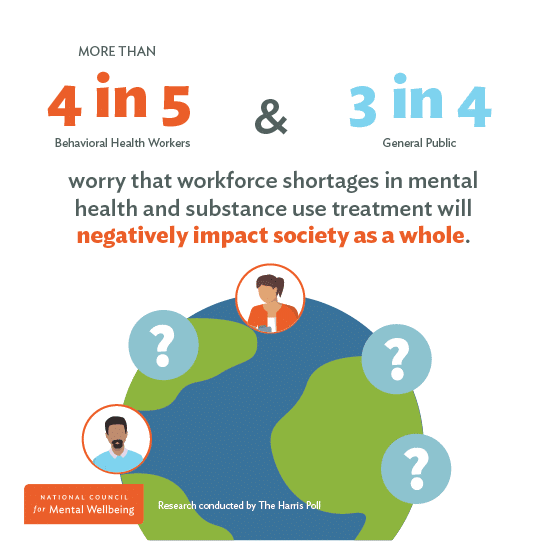
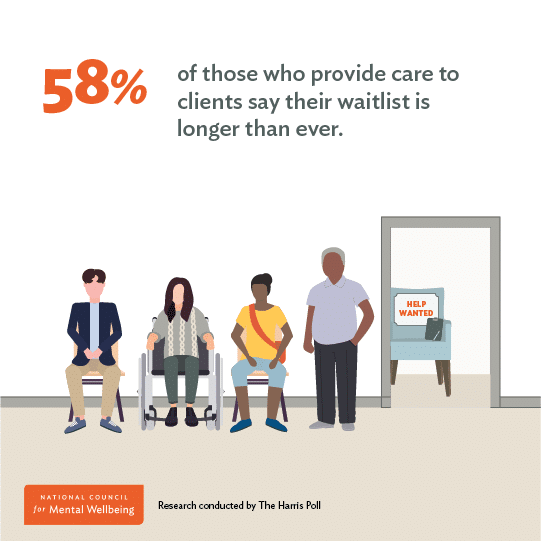
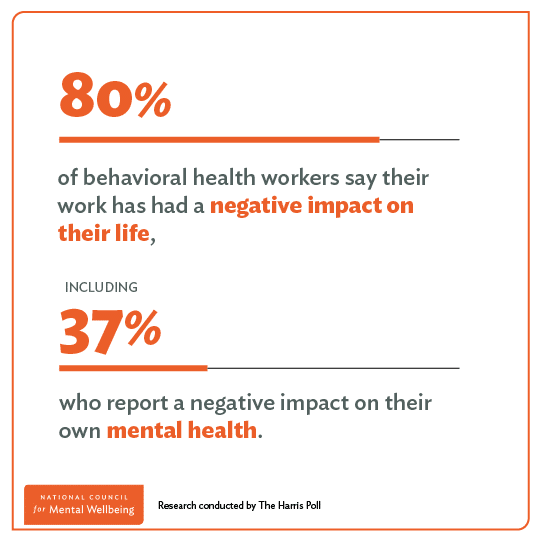
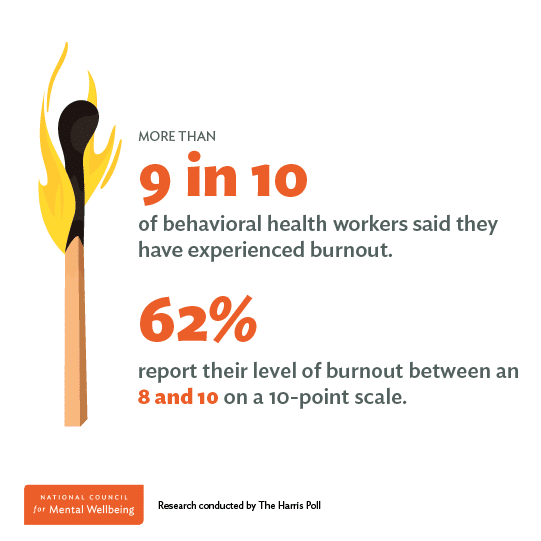
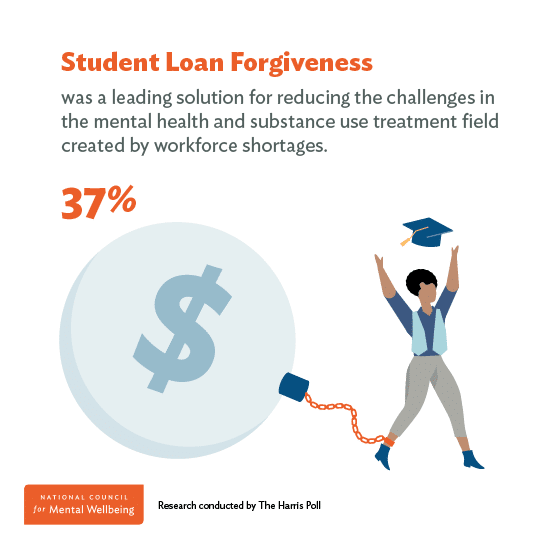


The second is this infographic below by The National Institute for Health Care Management that notes not only the workforce shortage diversity issues and barriers to education as well and possible shorter term solutions. Definitely check it out below and share as you please:
